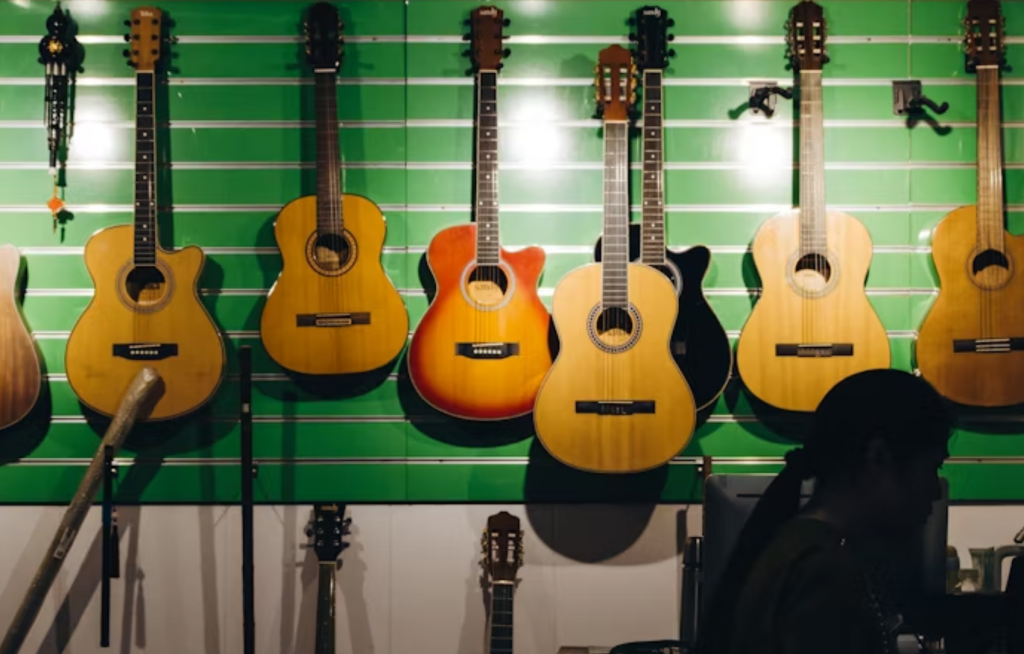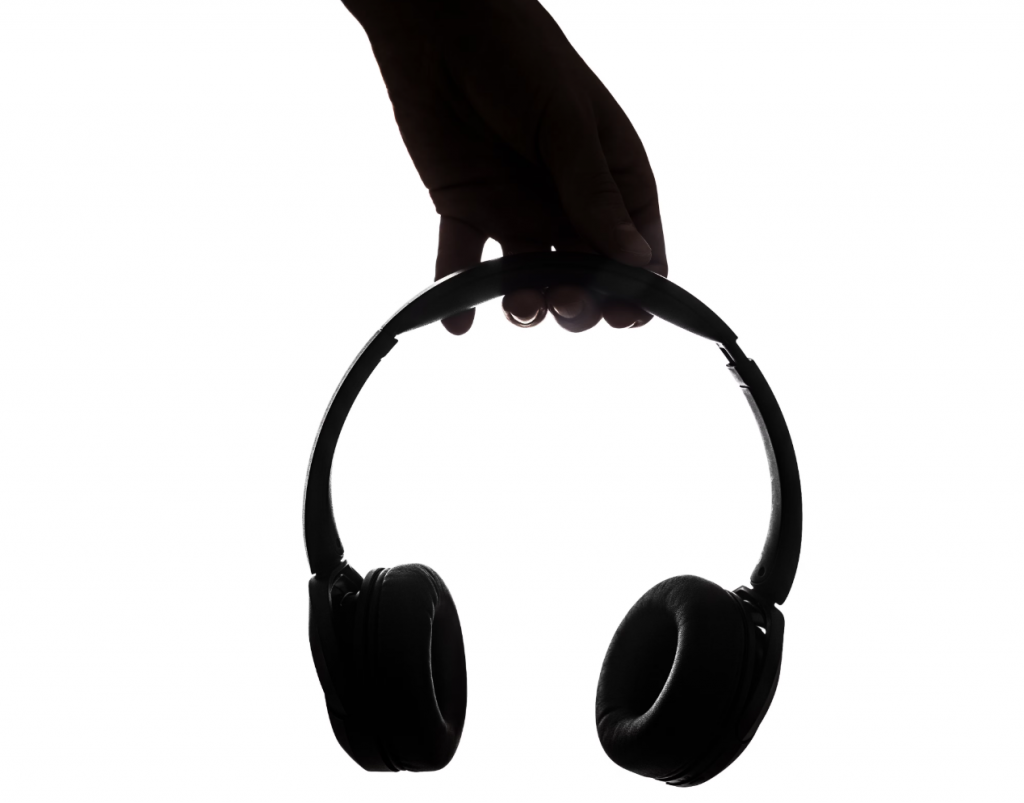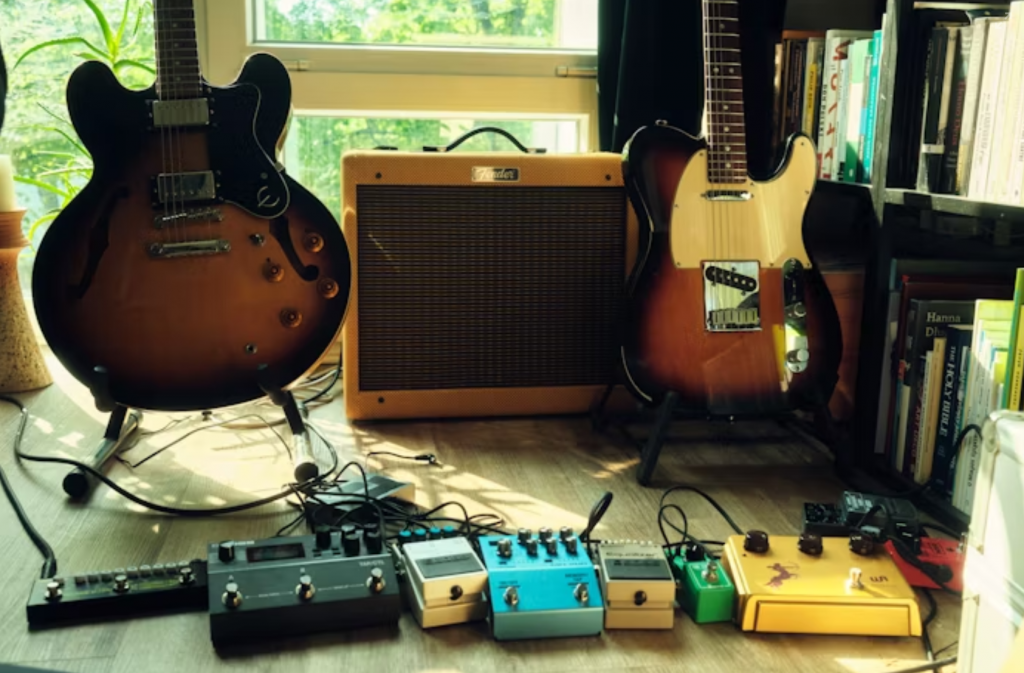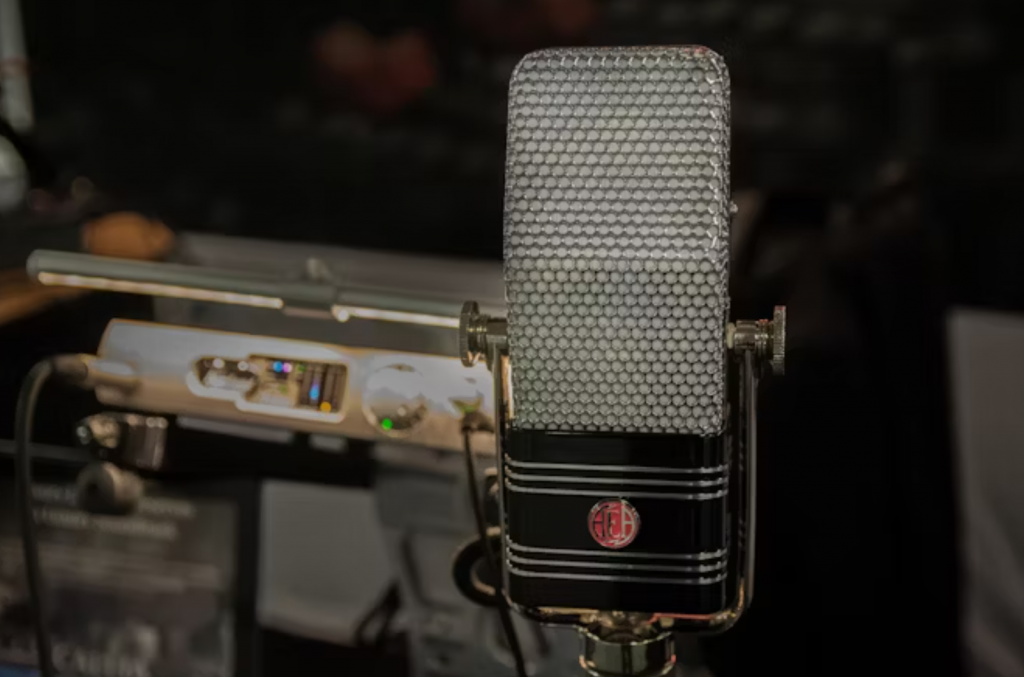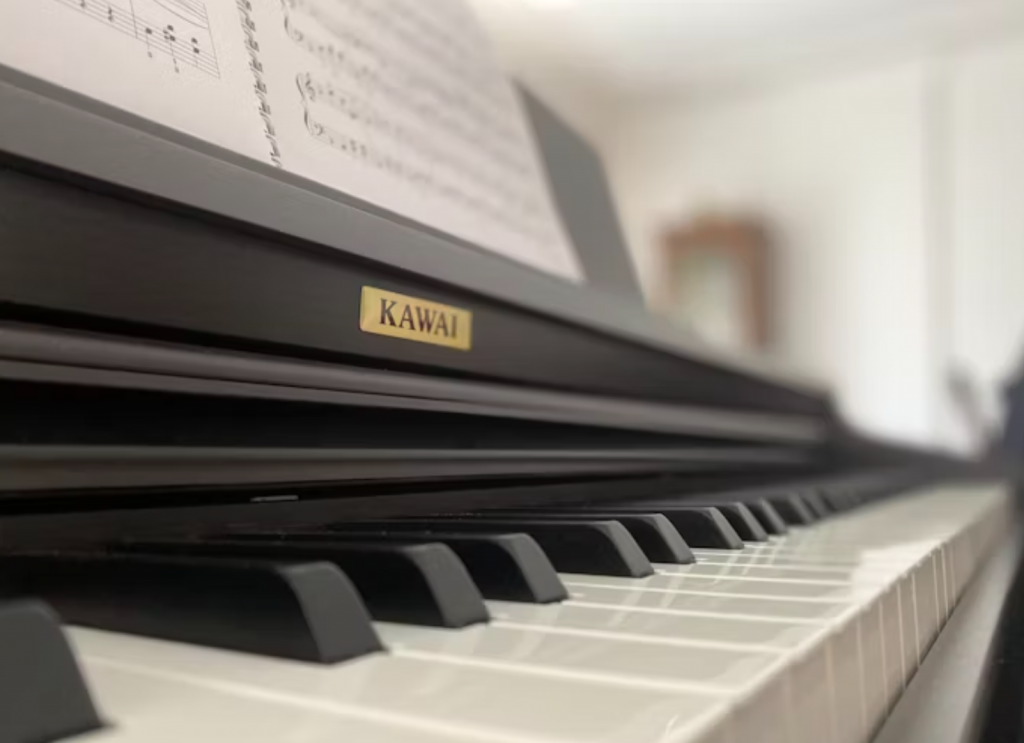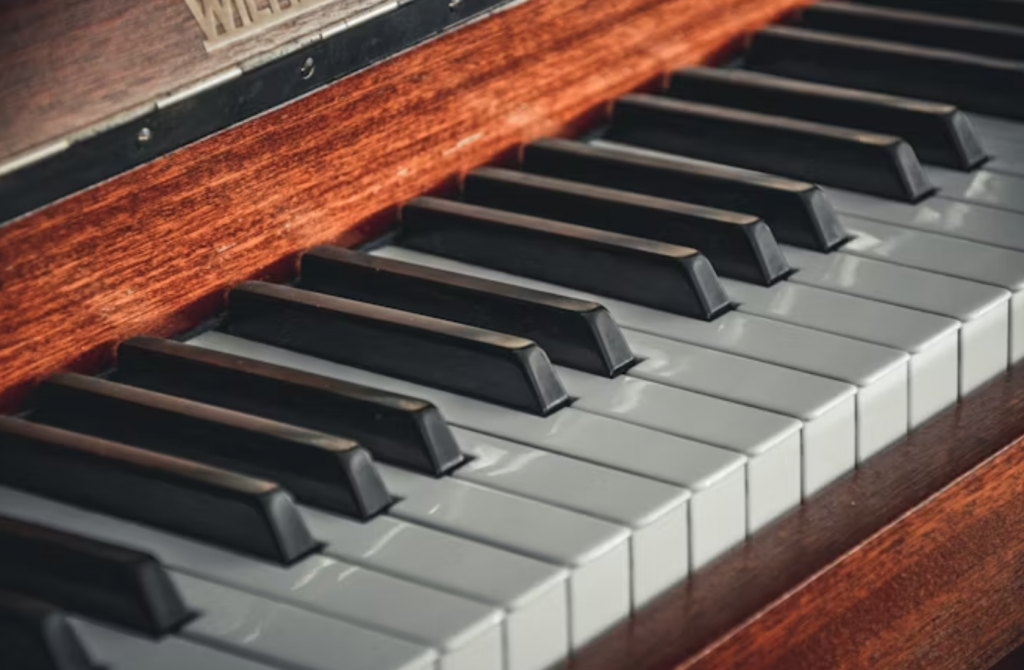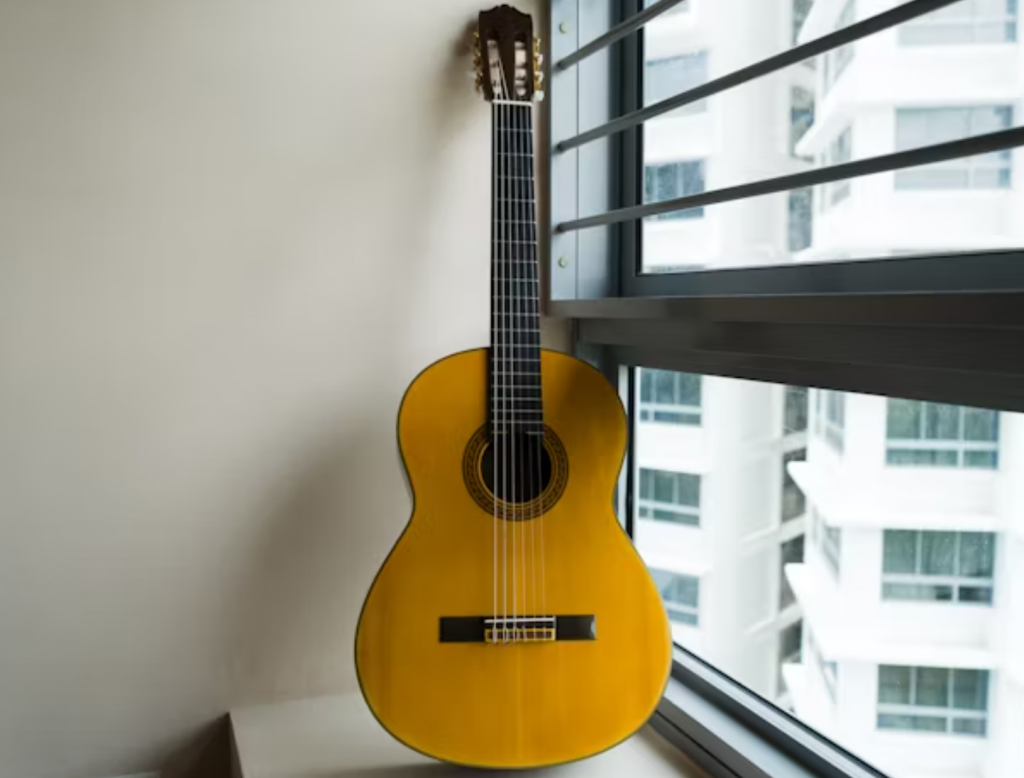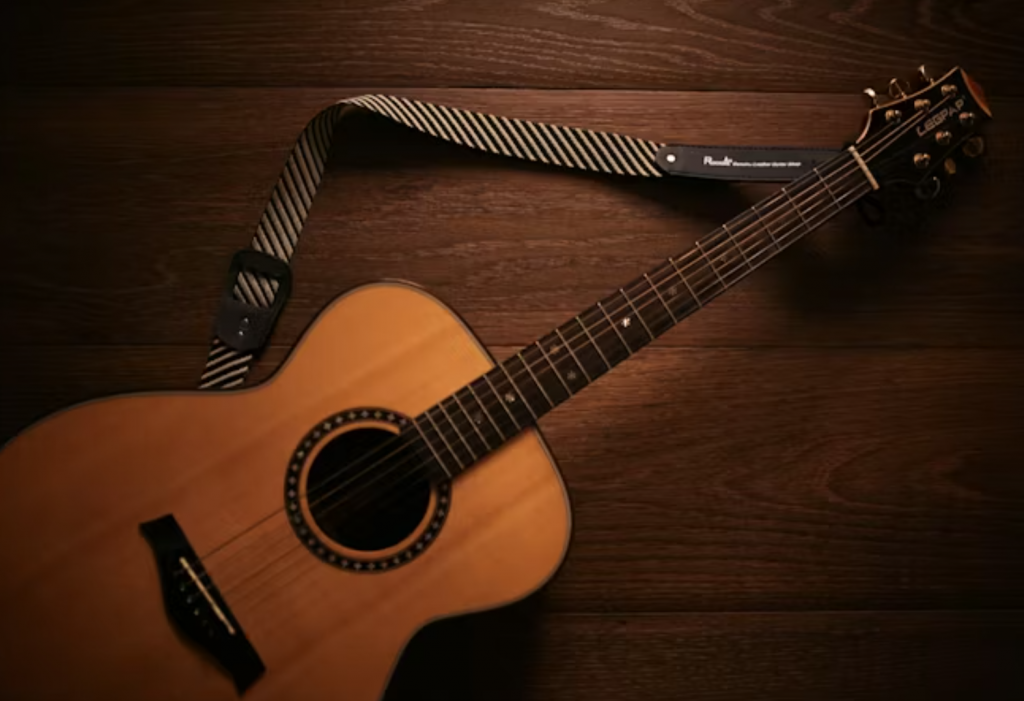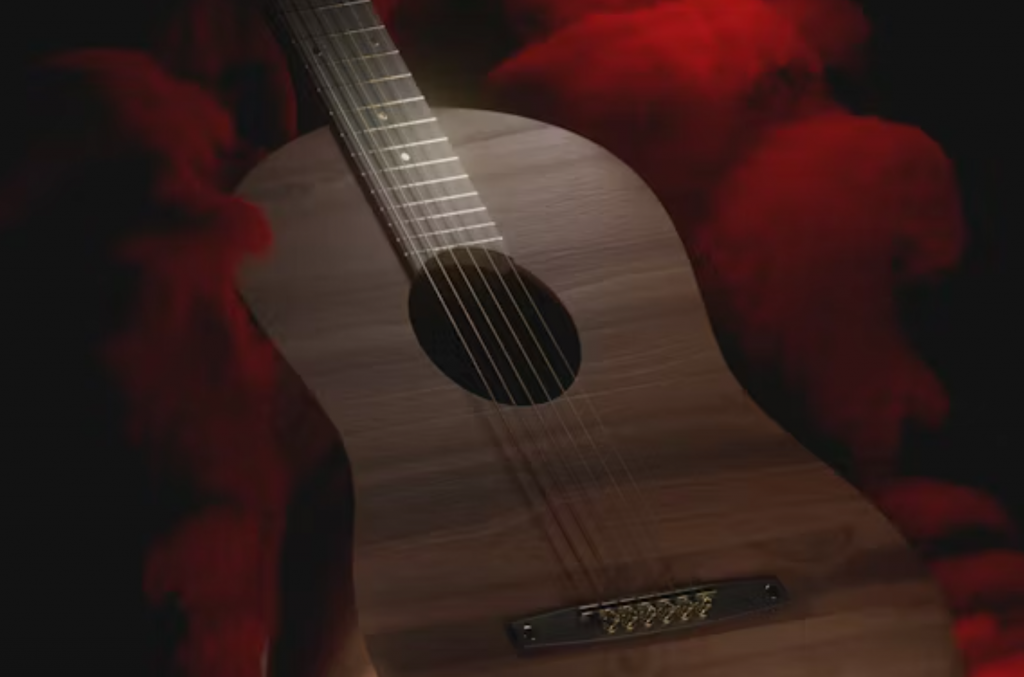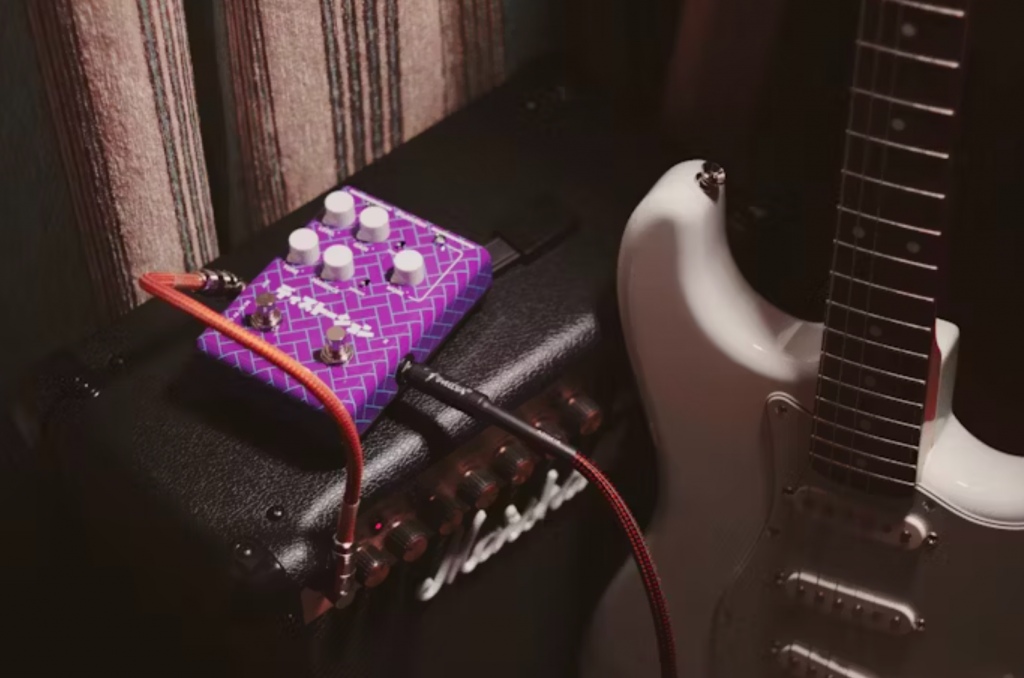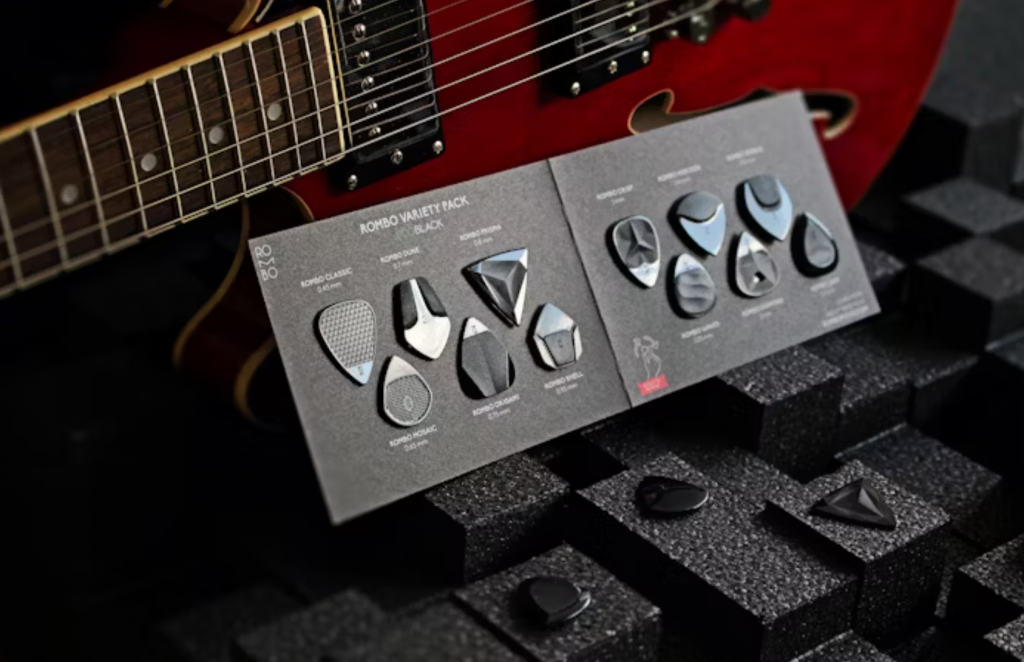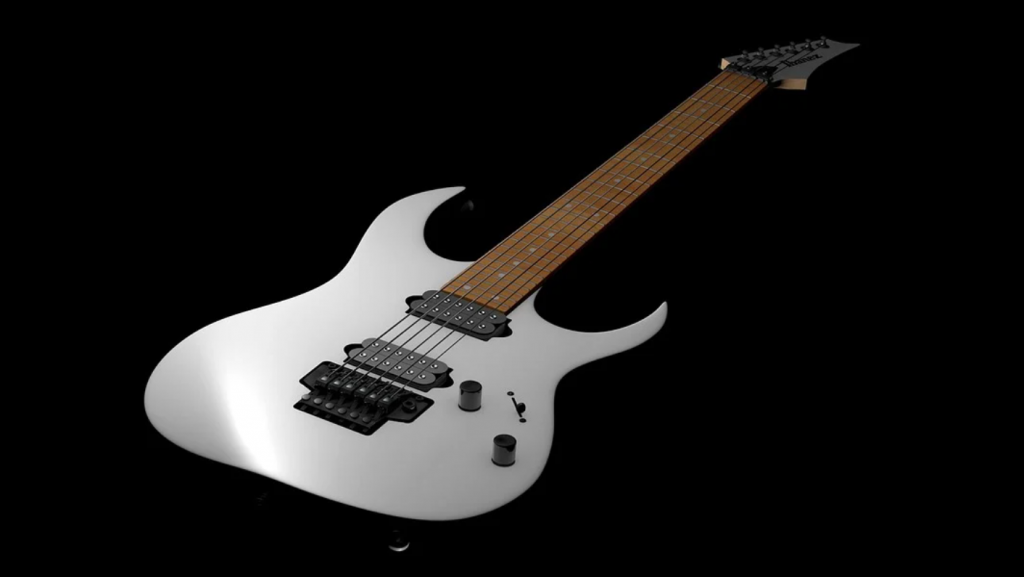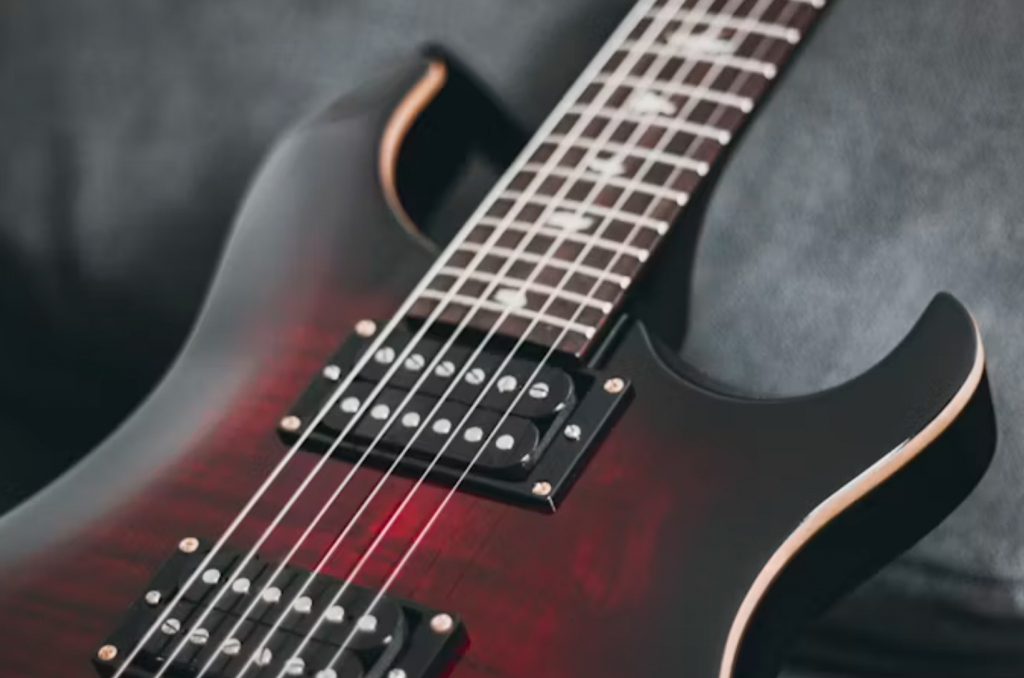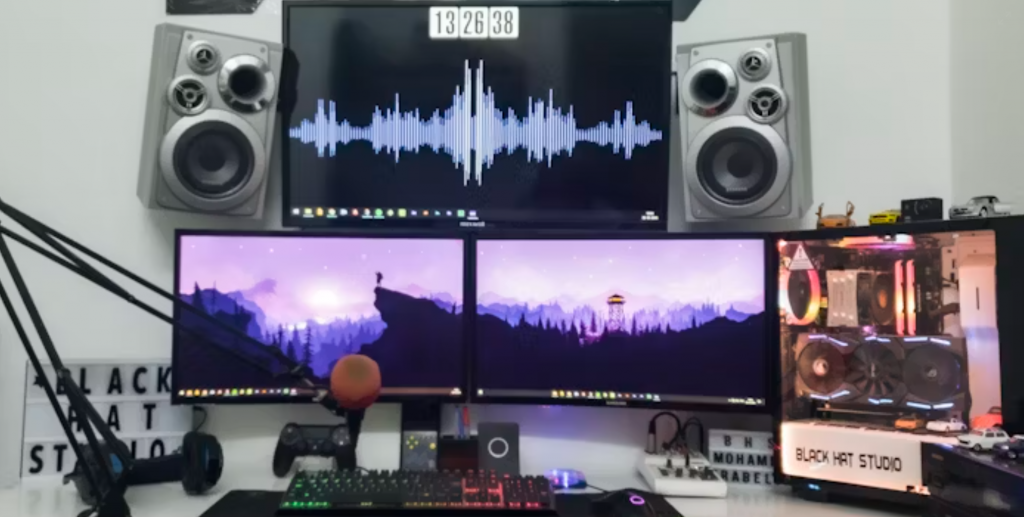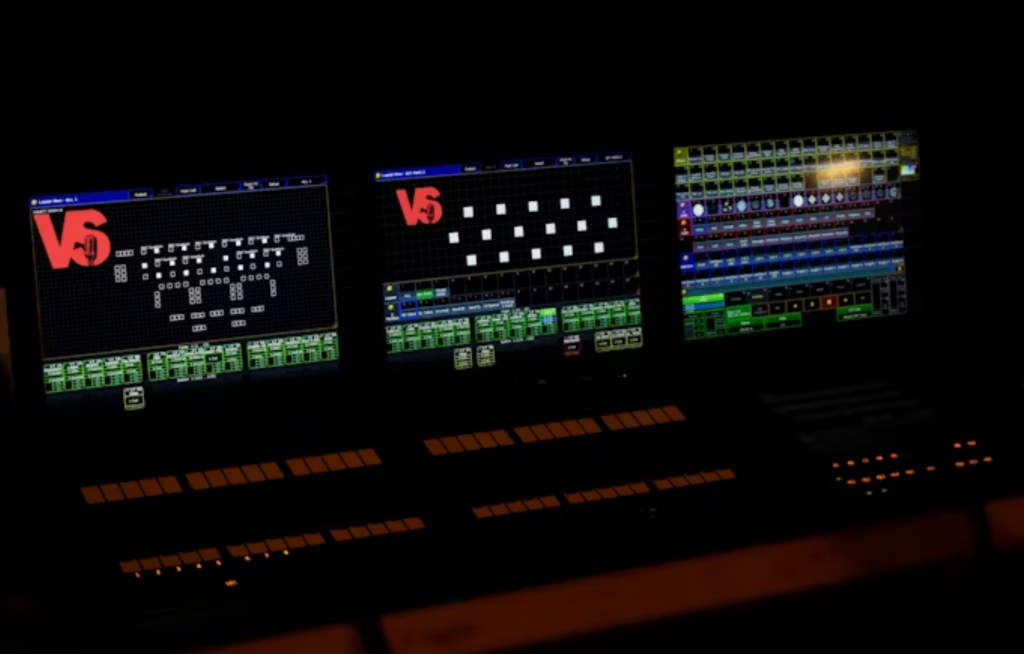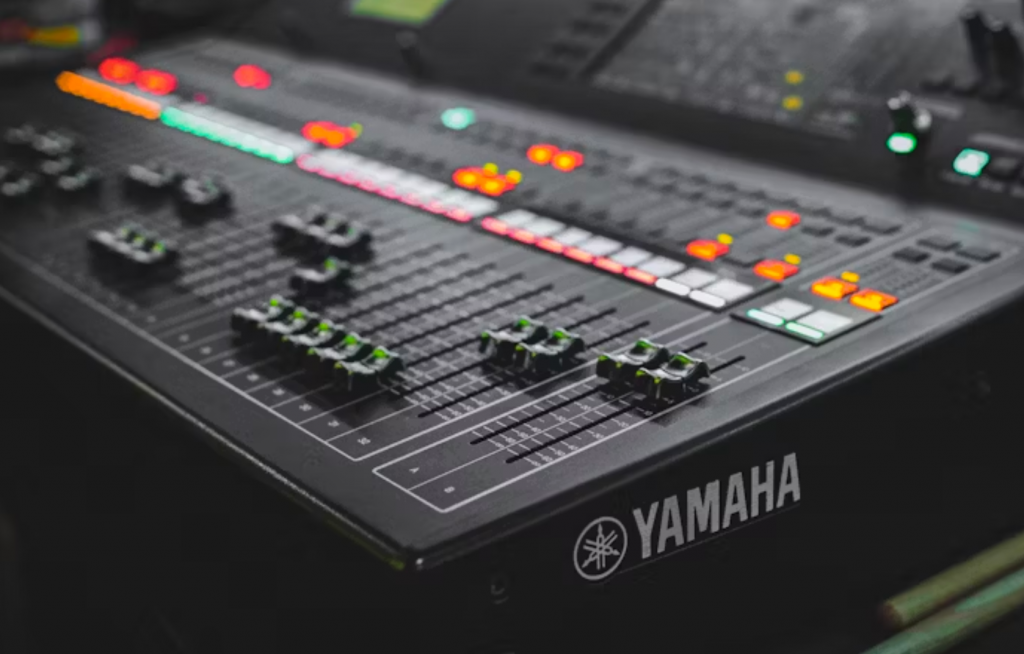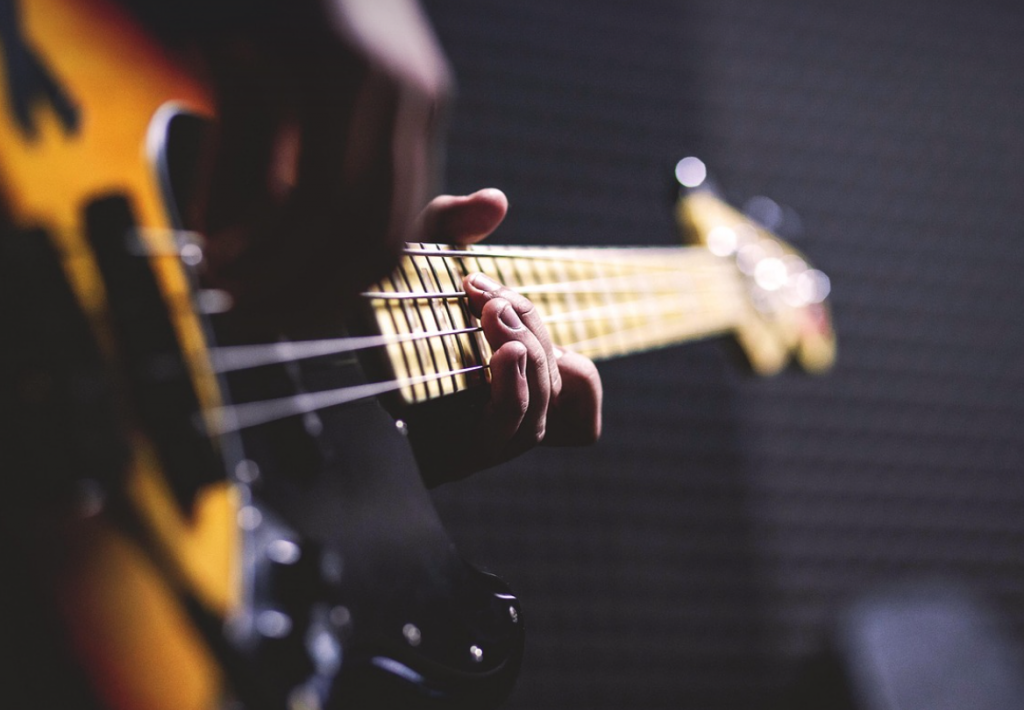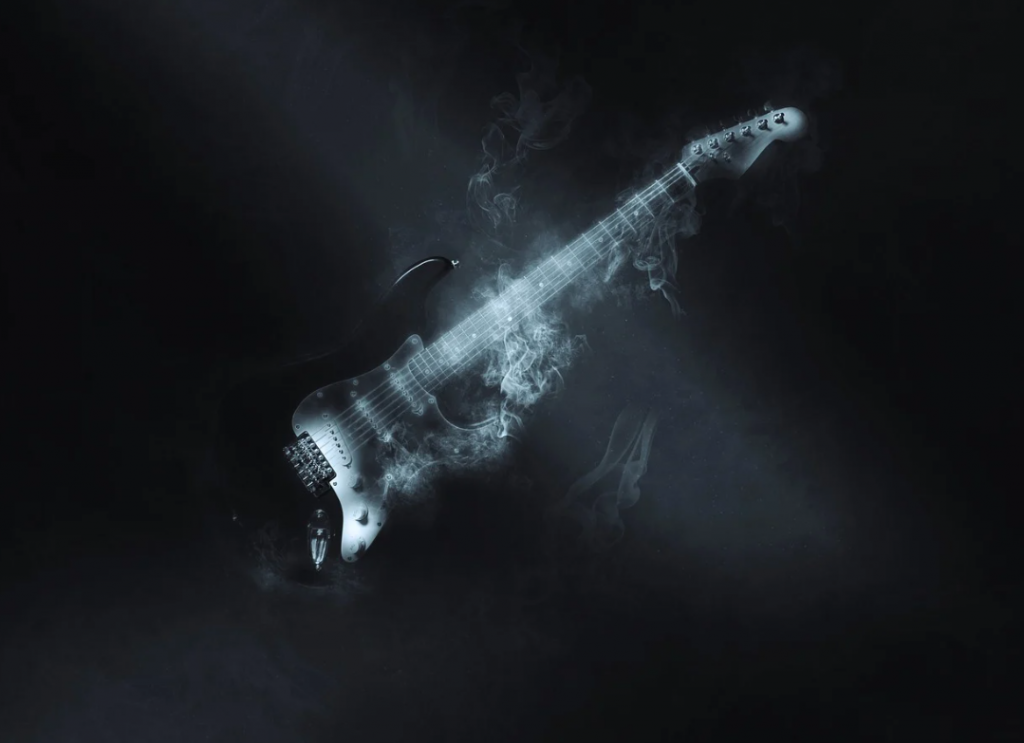If you’re a guitar enthusiast, you’ve likely heard the buzz around Eastman guitars, especially the Eastman E20OM. With its rich tone, solid craftsmanship, and attractive price point, the E20OM has been compared to the iconic Martin OM series, often described as a “Martin killer.” But is it really worthy of such praise? In this review, we’ll dive into the features, performance, and overall value of the Eastman E20OM to determine whether it’s truly the Martin killer it’s made out to be.
Who is Eastman Guitars?
Before we explore the E20OM in detail, let’s briefly talk about Eastman Guitars. Founded in the 1990s, Eastman is known for crafting high-quality instruments at a fraction of the cost of many established brands. With a focus on traditional craftsmanship, Eastman guitars are handcrafted in China, yet they’ve gained a strong reputation for producing guitars that rival those made in the USA or Europe. Their attention to detail and use of high-end materials have made them a favorite among players seeking professional-level sound and playability without the hefty price tag.
What Makes the Eastman E20OM Special?
The Eastman E20OM is a standout model in the Eastman lineup, offering a combination of vintage-inspired design, excellent craftsmanship, and superior sound quality. It’s an Orchestra Model (OM) guitar, which means it has a smaller body compared to dreadnoughts, making it a versatile choice for both strumming and fingerstyle playing. But what truly sets the E20OM apart from other guitars in its price range is its impressive tonal richness and clarity, characteristics typically associated with much more expensive brands like Martin.
Design and Build Quality
Tonewoods and Materials
One of the primary factors contributing to the E20OM’s exceptional sound is the choice of tonewoods. The top is made from solid Sitka spruce, a popular choice for acoustic guitar tops due to its excellent tonal qualities. The back and sides are crafted from solid mahogany, a wood that imparts warmth and a rich midrange tone. This combination of spruce and mahogany results in a well-balanced guitar with clear highs, full mids, and a smooth, rounded low end.
The neck of the E20OM is made from mahogany as well, providing strength and stability. The fingerboard is constructed from ebony, a dense and smooth wood that enhances both the feel and the playability of the guitar.
Craftsmanship and Finish
Eastman is known for its attention to detail, and the craftsmanship on the E20OM is no exception. The guitar features a hand-carved X-bracing pattern that allows for optimal resonance and tonal depth. The finish on the guitar is a beautiful satin, which not only looks elegant but also contributes to the instrument’s overall tone by allowing the wood to breathe more freely compared to a gloss finish.
The fit and finish of the E20OM are on par with some of the best guitars in its class. The binding is neat and precise, and the inlays are well-executed, adding a touch of sophistication to the guitar without being overly flashy.
Sound and Performance
Tone and Clarity
When you pick up the Eastman E20OM, the first thing you’ll notice is its clear, bright tone. The solid Sitka spruce top provides a crisp attack, while the mahogany back and sides offer warmth and depth, creating a well-rounded sound. The guitar delivers excellent tonal clarity across all registers, making it an ideal choice for a wide range of musical genres, from folk to blues to light rock.
What sets the E20OM apart from other guitars in its price range is its ability to hold its tone across both soft and loud volumes. Whether you’re gently fingerpicking or strumming with force, the guitar remains responsive and well-balanced.
Projection and Volume
Although the E20OM features a smaller OM body, it still provides impressive volume and projection. The guitar’s resonance is deep, and its sound carries well in both small and medium-sized spaces. While it might not have the booming power of a larger dreadnought, the E20OM excels in delivering a focused, articulate sound with plenty of presence.
Playability and Comfort
The Eastman E20OM is a joy to play. The neck is smooth and comfortable, with a soft V-shape that provides a natural feel for your fretting hand. The action is set at an ideal height, making it easy to play both fast runs and slow, expressive phrases. The guitar’s body is slightly smaller than a dreadnought, which makes it a great option for players who prefer a more ergonomic design without sacrificing tonal quality.
Eastman E20OM vs Martin Guitars
Price Comparison
One of the most compelling reasons to consider the Eastman E20OM is its price. While a comparable Martin OM model can cost several thousand dollars, the Eastman E20OM offers many of the same features at a fraction of the price. At around $1,000, the E20OM provides an incredible value for its quality and performance.
Sound Comparison
While both the Eastman E20OM and a Martin OM produce rich, clear tones, there are subtle differences between the two. The Martin OM models tend to have a more pronounced low-end response and a slightly fuller sound overall. However, the Eastman E20OM’s balance and clarity are often praised as being superior for fingerstyle playing, with more immediate response and quicker note definition.

Build and Durability
In terms of build quality, both brands are known for their durability. Martin guitars are legendary for their long-lasting construction, but Eastman has proven itself with the E20OM. The guitar’s solid wood construction and excellent finish suggest that it will hold up well over time, offering great longevity for players who take care of their instruments.
Pros and Cons of the Eastman E20OM
What We Like About It
- Incredible value for the price: The E20OM offers premium sound and craftsmanship at a significantly lower price than most comparable guitars.
- Rich, clear tone: The combination of Sitka spruce and mahogany produces a balanced, articulate sound suitable for various playing styles.
- Excellent craftsmanship: The build quality of the E20OM rivals that of more expensive brands, with attention to detail in every aspect.
- Great playability: The guitar is comfortable to play, with a smooth neck and well-set action that enhances the overall experience.
Areas for Improvement
- Limited low-end projection: While the E20OM offers impressive volume and projection, it may lack the deep low-end response of larger-bodied guitars, particularly in a live performance setting.
- Smaller body: Some players may prefer a larger body for a fuller sound, as the OM design is not as booming as a dreadnought.

Conclusion
The Eastman E20OM is an impressive guitar that offers a fantastic blend of quality, sound, and value. While it may not replace a Martin for every player, it certainly comes close—especially considering the significant price difference. Whether you’re a beginner or a seasoned player looking for an affordable, high-quality instrument, the Eastman E20OM should be at the top of your list.
FAQs
1. Is the Eastman E20OM good for beginners?
Yes, the Eastman E20OM is a great choice for beginners who want a high-quality guitar without breaking the bank. Its easy playability and balanced tone make it a versatile instrument for players at any level.
2. How does the Eastman E20OM compare to the Martin 000-15M?
While both guitars offer solid mahogany construction, the Martin 000-15M has a slightly warmer, fuller sound with more emphasis on low-end response. The E20OM is a bit brighter and more articulate, making it ideal for fingerstyle playing.
3. Can the Eastman E20OM handle heavy strumming?
Yes, the E20OM can handle heavy strumming, but it shines the most in lighter to moderate strumming and fingerpicking. Its smaller OM body gives it a more focused tone that excels in clarity.
4. What is the price range for the Eastman E20OM?
The Eastman E20OM typically costs around $1,000, offering great value compared to similar models from higher-end brands like Martin.
5. Is the Eastman E20OM a good choice for gigging musicians?
Yes, the Eastman E20OM is durable and versatile enough for gigging musicians. Its excellent sound projection and solid build make it a great choice for live performances.
